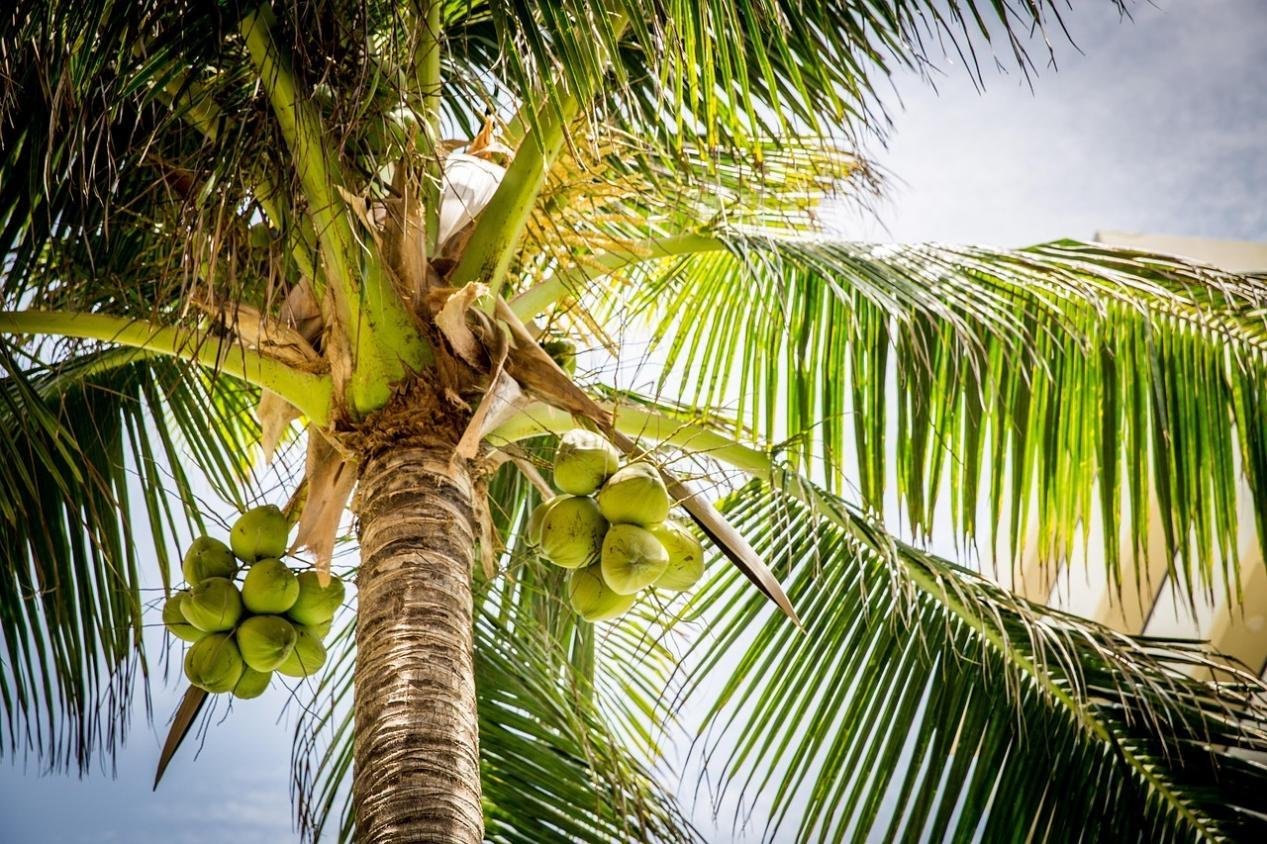Entering the third quarter of 2025, the Southeast Asian potash fertilizer market continued to experience a tight supply-demand balance, with prices remaining volatile at high levels. The latest data shows that the landed price of standard potassium chloride (CFR) in Southeast Asia remained stable in the range of $370-390/ton in August. Indonesia's recent tender for 246,000 tons of potassium chloride averaged $383/ton, a slight increase of 2% from the second quarter, reflecting resilient regional demand.
The tight supply-side situation continues to intensify. Russia and Belarus are implementing production cuts due to planned equipment maintenance, and annual exports are expected to decrease by 1.3-1.5 million tons, a year-on-year decrease of 7%-8%. While this shortfall is partially offset by the China-Laos railway logistics network—currently over 85% of Yunnan's imported potash fertilizer is transported through this route—Laos' potash fertilizer deliveries to Indonesia are still down 18% compared to last year, placing significant pressure on supply chain restructuring.
The demand side is driven by a dual-wheel drive of "policy + industry". Driven by high palm oil futures prices and the advancement of Indonesia's B40 biofuel program, demand for potash fertilizers in Southeast Asia remains strong. In the first half of the year, Indonesia's potassium chloride imports reached 2.56 million tons, a 48% year-on-year surge, while Malaysia's imports reached a record high of 1.07 million tons.
Market structure changes have seen Southeast Asian potash fertilizer prices surpass those in Brazil for the first time since July. The current CFR price of standard potassium chloride in Southeast Asia is $10-20 per ton higher than the landed price of Brazilian large-pellet potash. This phenomenon stems from a combination of tight regional supply and rising environmental costs.
Logistics efficiency has become a key competitive factor. Leveraging the New Western Land-Sea Trade Corridor, Chinese potash fertilizers can reach major Southeast Asian ports via hub ports in as little as 15 days, a 30% reduction compared to traditional sea freight, providing a stable supply for the regional market. Industry analysts pointed out that with the arrival of the peak season for palm oil planting at the end of the third quarter, the demand for potash fertilizers in Southeast Asia will be further released, and prices are expected to remain in the range of US$370-400 per ton. The market acceptance of high-potassium formula fertilizers such as NPK5-0-45 will continue to increase.





